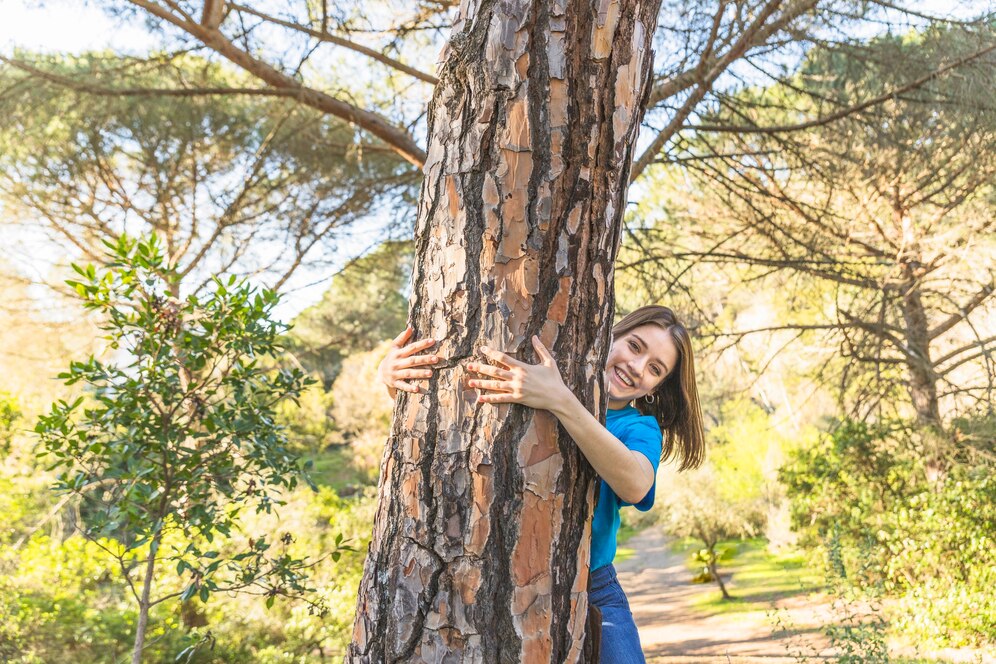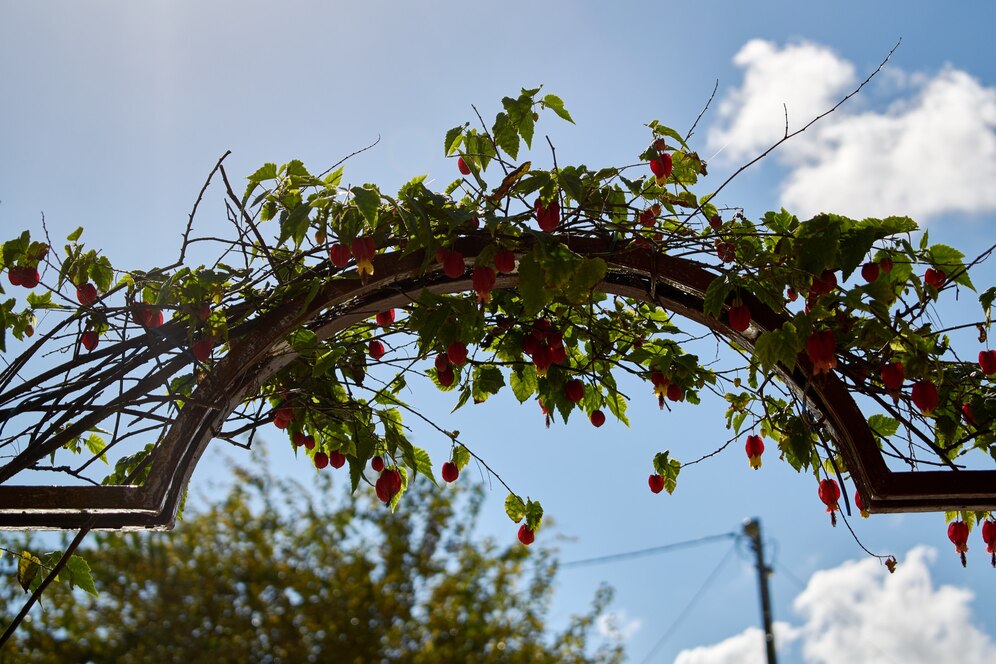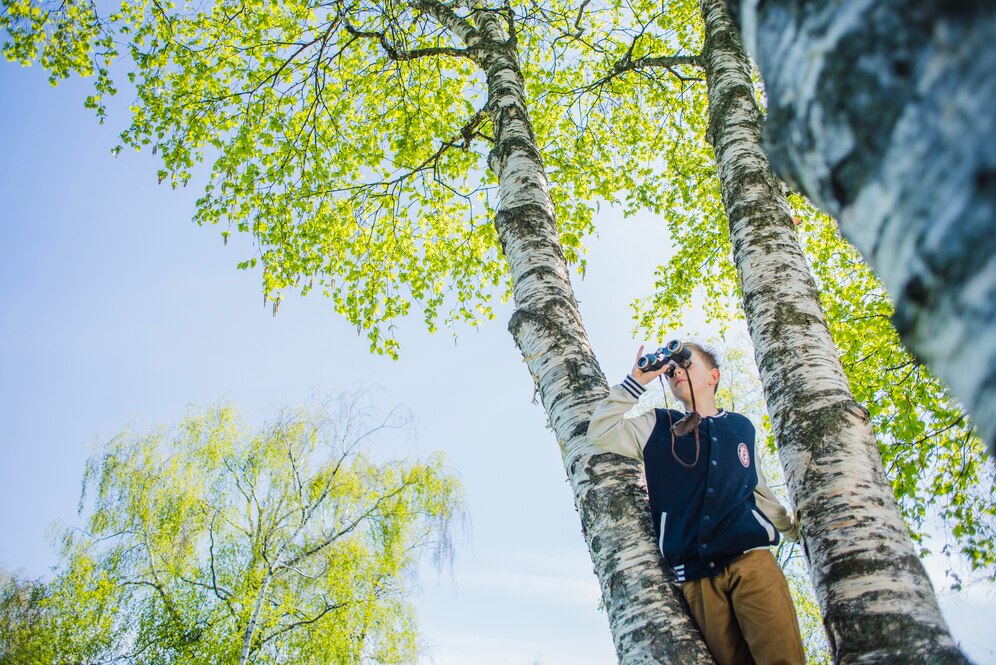Trees are a vital part of any landscape, offering beauty, shade, and ecological benefits. However, trees can also pose risks, especially if they have structural weaknesses or have been damaged by storms. For property owners in Austin, tree cabling and bracing are essential techniques to ensure the health and safety of trees. This blog will explore the importance of tree cabling and bracing and how these methods can protect your property.
Understanding Tree Cabling and Bracing
Tree cabling and bracing are methods used to support weak or damaged branches and trunks. Cabling involves installing flexible steel cables between branches to reduce the risk of splitting or breaking. Bracing, on the other hand, uses rigid rods to strengthen weak or damaged areas of the tree. These techniques are often used together to provide comprehensive support.
Benefits of Tree Cabling and Bracing
Enhancing Tree Stability
Trees with multiple trunks or heavy limbs can become unstable, especially during strong winds or storms. Cabling and bracing help stabilize these trees, reducing the risk of falling branches or tree failure.
Preventing Property Damage
Unstable trees can cause significant damage to your property, including roofs, vehicles, and power lines. By reinforcing weak trees, cabling and bracing help prevent costly repairs and ensure the safety of your property.
Promoting Tree Health
Structural weaknesses can affect the overall health of a tree. By providing support, cabling and bracing allow the tree to grow stronger and healthier, increasing its lifespan and reducing the need for removal.
Preserving Valuable Trees
Mature trees add significant value to your property. Cabling and bracing help preserve these valuable assets by preventing structural failure and maintaining their aesthetic appeal.
Enhancing Safety
Weak or damaged trees pose a safety risk to people and pets. Regular maintenance, including cabling and bracing, ensures that your trees are safe and secure, reducing the risk of accidents.
When to Consider Tree Cabling and Bracing
- Visible Cracks or Splits: If you notice visible cracks or splits in the trunk or branches, it may be time to consider cabling and bracing.
- Heavy Limbs: Trees with large, heavy limbs that extend over structures or high-traffic areas may need additional support.
- Multiple Trunks: Trees with multiple trunks or weak branch unions are at higher risk of splitting and may benefit from cabling and bracing.
- Storm Damage: After a severe storm, it’s important to inspect your trees for damage and consider reinforcement if necessary.
Professional Assessment and Installation
While some tree maintenance tasks can be handled by property owners, cabling and bracing require the expertise of a professional arborist. An arborist can assess the structural integrity of your trees and determine the best course of action. Professional installation ensures that the cables and braces are correctly placed and tensioned, providing maximum support without harming the tree.
Maintenance and Monitoring
Cabling and bracing are not one-time solutions. Regular maintenance and monitoring are essential to ensure that the support systems remain effective. An arborist can perform periodic inspections to check for any changes in the tree’s condition and make adjustments as needed.
Conclusion
Tree cabling and bracing are crucial for maintaining the health and safety of your trees and property. By providing additional support to weak or damaged trees, these techniques help prevent accidents, property damage, and tree loss. If you have trees on your Austin property that may benefit from cabling and bracing, consult with a professional arborist to ensure they receive the care and support they need.
Ready to protect and enhance your landscape? Contact our team today to learn more about our tree cabling and bracing services in Austin.



